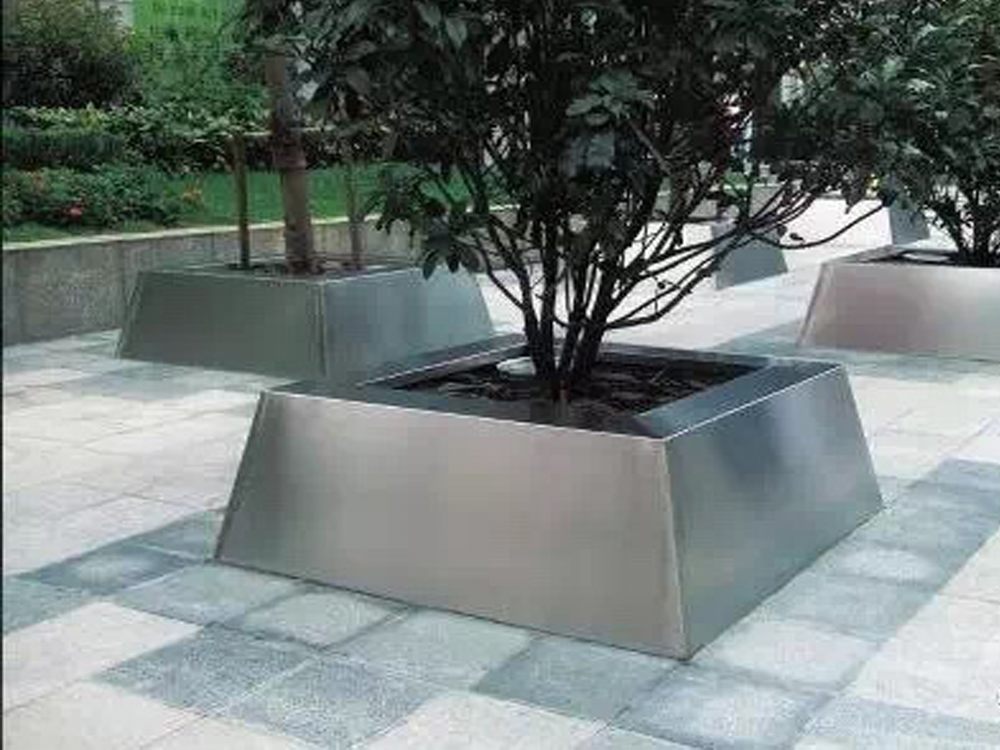
Creating maquettes or small-scale models of large metal sculptures is a crucial step in the artistic process, allowing sculptors to visualize and refine their designs before committing to full-scale production. Here are the best practices to ensure accuracy and efficiency:
1. Material Selection: Use lightweight yet durable materials like foam, clay, or wire for initial sketches. For more detailed maquettes, consider metals such as aluminum or brass sheets, which mimic the behavior of larger metal sculptures.
2. Scale Accuracy: Maintain precise proportions by using calipers or 3D modeling software. A common scale ratio is 1:10, but adjust based on the sculpture’s complexity.
3. 3D Modeling: Digital tools like Blender or Rhino can help create virtual maquettes, enabling easy adjustments and realistic previews of the final piece.
4. Structural Integrity: Test load-bearing elements in the maquette to anticipate challenges in the full-scale version. Reinforce weak points with additional supports.
5. Detailing Techniques: Use fine tools for intricate details, and consider laser cutting or CNC milling for precision in metal maquettes.
6. Documentation: Photograph or scan the maquette from multiple angles to serve as a reference during the scaling-up process.
By following these practices, artists can save time, reduce material waste, and achieve a seamless transition from small-scale model to monumental metal sculpture.

